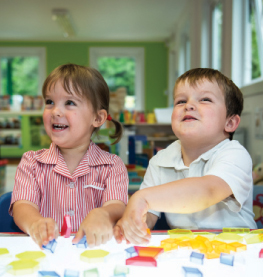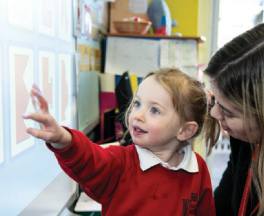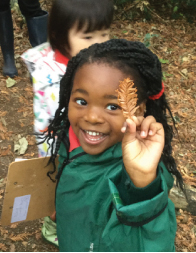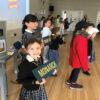
by Dr Ian Cunningham
SML College
If we take the average 16 year old school pupil, their working week may be longer than that of their parents. Past generations struggled to bring in laws to limit children’s working in factories and other settings. Yet we now find that if we add a young person’s time on schoolwork to their homework and exam revision, then it is not uncommon for them to put in more hours work per week than a parent.
Another factor is that this work is largely imposed, with the individual having little control over the work pressure. What we know from organisational psychology is that long working hours where the person has little control over the work can lead to severe stress and anxiety. The research shows that stress and anxiety in children is increasing.
It was common in my school for teachers to chide pupils who were not working. Working meant working at a prescribed task from the teacher. Also, in modern parlance, there is reference to having pupils ‘on task’. If you are not working at a prescribed problem or task, then it is assumed that you are not learning. Often, when I was criticised in school for not working, I would be thinking about something not to do with what the teacher was prescribing – but it was productive thinking as far as I was concerned. The notion that working and learning must go together doesn’t make sense.
One of our students spent time doodling in school and was criticised for this – but actually it was her way of learning since she had dyslexia and ADHD and she found that drawing was more suitable for her. She described herself as a visual learner. When she came to our College aged 13 she spent a whole year doodling and drawing cartoons, making figures out of plasticine and seemingly nothing else. It may not have appeared that she was learning but she was. Two years later she published her first graphic novel. It’s a novel that has received much praise and sold well. The publishers were quite shocked that a girl as young as 15 (and diagnosed with dyslexia and ADHD) was able to produce such mature material. She learned a great deal to do this – but she didn’t see it as work.
Many writers have indicated the importance of play in learning. Educationalists head to Finland to find out about their education system because it is seen as successful. One thing they seem to miss is that children in Finland do not go to school until they are seven. The importance of the kindergarten experience and play seems to get missed. For instance much of the social ability valued by employers is learned through play.
Another use of the notion of work is in the imposition of homework on young people. Note that it is not about home learning. The assumption is that person will work on school-directed tasks while they are away from the school. What we do know is that young people learn a huge amount within the home and from people they interact with outside school. One example from our research on both young people and adults is the value of travel. Unfortunately, schools in England fine parents who take children out of school to travel in term-time.
In our College (for 9-16 year olds) we encourage parents and students to travel, because it provides valuable learning. A good example was a 14-year-old student, whose parents were working for a few months in India. She was able to go with them and carry on with her learning. A lot of the learning was, of course, about the culture, language and norms of another society. For the two months she was away she remained in contact with her group via a weekly Skyping session. Her group was regularly able to engage with her while she was sitting on a beach in India with her laptop.
What has been interesting is how ex-students refer to what they learned at our College. For instance many talk about gaining the social skills that make them highly employable. Now we don’t teach social skills. We create a learning community where students learn to interact freely with others. Some of the learning comes from structured experiences such as the fact that each student gets the chance to chair our morning community meeting. However, much of this learning is from the seemingly non-working side of the College – learning through engaging with others and learning what works and what doesn’t. So long as students learn why should we be bothered about how they do this?
Dr Ian Cunningham is Chair of Governors, SML College www.smlcollege.org.uk 01273 987629 ian@smlcollege.org.uk



 As Carol Dweck states: “Everyone is born with an intense drive to learn, infants stretch their skills daily. Not just ordinary skills, but the most difficult tasks of a lifetime, like learning to walk and talk. Babies don’t worry about making mistakes nor humiliating themselves. They never decide it’s too hard or not worth the effort. They walk, they fall, they get up. They just barge forward.”
As Carol Dweck states: “Everyone is born with an intense drive to learn, infants stretch their skills daily. Not just ordinary skills, but the most difficult tasks of a lifetime, like learning to walk and talk. Babies don’t worry about making mistakes nor humiliating themselves. They never decide it’s too hard or not worth the effort. They walk, they fall, they get up. They just barge forward.”
 Teaching emotional intelligence, at an early age, will help your children develop self-awareness and empathy. Research also shows that children who have higher emotional intelligence tend to pay more attention in class, be more engaged at school, develop healthy social skills, and have more positive relationships.
Teaching emotional intelligence, at an early age, will help your children develop self-awareness and empathy. Research also shows that children who have higher emotional intelligence tend to pay more attention in class, be more engaged at school, develop healthy social skills, and have more positive relationships.
 Parents as partners
Parents as partners










